Malina is not called the Queen of the Garden, because it is impossible to meet at least one summer cottage, where the raspberry bush would not be. And the raspberry jam just tried everything, because this is the main tool in the treatment of a cold. Many dacities are not solved to grow raspberry on their plot, thinking that this is a complex and intricate process.
But it is not. It is enough to give raspberry good soil and abundant watering and she will delight you with a big harvest. In this article, we will consider in more detail how to choose the right grade of raspberries, the features of the planting process of raspberry seedlings and care.
General characteristics of raspberry
Raspberries are very common in our territories, and thanks to new breeding varieties, it is possible to receive two harvest per year.
Malina refers to the family of pink and is a semi-staple. A distinctive feature of this plant is its healing properties. The medicine uses not only fragrant berries, but also leaves, as well as the root system. On these therapeutic properties of the raspberry of the ordinary were known from the 16th century. And it was from this period that she became a cultivated plant, many varieties and varieties appeared, which possess their distinctive features.
Ralea description:
- The criminator of the raspberry can reach up to 1.5 meters in height.
- Stems in the raspberry, the first year of growth they are herbaceous with small spines, and on the second - all-ins.
- The root system is a riveted rhizome, where there is a large number of apparent roots. They create a complex system that can grow to radius to 2 meters and in a depth of 50-60 cm.
- Raspberry leaves have an oval shape with egg-shaped leaves. They are regular, puffy, on top of a rich green color, and from the bottom with a white tint.
- During flowering on raspberries, white flowers appear, which are collected in inflorescences.
- Raspberry berries are a bounds covered with small hairs. They have a pleasant taste and aroma. The color of berries depends on the variety, can vary from light pink to black.
- Raspberry bushes prefer fruitful soil and abundant watering.
- The optimal place for growth is the sunny side.
- Features of cultivation depend on the concrete raspberry variety.
Below are several photos of raspberries.
Main types and varieties of raspberry
Conditionally, raspberries can be divided into 4 types: the traditional, large-scale, stabinal and removable, which include varieties of red-flow, yellow-flow and black-like raspberry. Let's look more in more detail what their differences are.
Traditional raspberry
Traditional raspberries include the varieties of the last century, which are very unpretentious to any conditions, perfectly come true. But have not a very big harvest. The berries of traditional varieties are small - only 4 grams. Medium yield from one bush 2.5 kg.
Main varieties of ordinary raspberry:
- "Hussar". It is a medium and high-yielding variety. The bush has reprehensive stems that can reach a height of 3-3.5 m. Can do without backup. The raspberry berries of this variety have a bright dark raspberry color and a cone shape with a truncated end. The weight of one berry on average 3.5 g is unpretentious to climate, withstands summer drought and frost.
- "Wolnitsa." This variety is medium-gray, high-yielding and large-scale. Excellent transfers winter frosts. Berries have a cone shape and bright red. From one bush, an average yield is up to 4-4.5 kg. The bush is inclined to grow.
- "Meteor". This grade raspberry refers to the superramber. Berries have a semi-shape of a bright ruby \u200b\u200bcolor and have a wonderful taste. Yield from one bush approximately 2 kg.
- "Glen AMPL." A new enough variety, which refers to late. He was led in Scotland. The average mass of one berry is 5-6 grams, the average yield of one escape is 1.6 kg. Berries have a conical shape and dull red color.
Large view of raspberry
Here can be attributed to raspberries with large berries. Large raspberry varieties are considered the highest threshold. Berries are large and very juicy. Data varieties are very loved by gardeners, but require increased attention.
Main varieties of large-scale raspberries:
- "Patricia". Refers to medium-late maturation. A bush reaches a height to 1.8 m. Berries have a conical shape with a truncated end, bright red. One berry on average has a weight from 4 to 12 g. The average yield from the bush is 4-7 kg.
- "Taganka". Also relates to large-scale raspberries. It is inherent very large yield - at least 5 kg from one bush. Berries have large sizes, the average weight of one 4-10 gr.
- "Ruby giant." This raspberry variety refers to high-yielding. Average yield from one bush - up to 12 kg.
Repairing Malina
This type of raspberry is very popular among gardeners. The raspberry bushes begin to be fruitful in the first year of growth. Vintage can be collected twice a year, berries ripen until November.
Main varieties of removable raspberry:
- "Bryansk Divo." This is a relatively new large-scale berry variety. It is characterized by simultaneous ripening of fruits. The weight of one berry varies from 4 to 12 gr. The berry has an oblong conical shape, bright red, the raspberry sheet of this variety of oval shape of a dark green color. Vintage can be collected from August to November. Ripe berries are not falling for several days.
- "Diamond". This variety is characterized by large berries of conical shape, which have bright ruby \u200b\u200bcolor. Fruits begin to ripen in the second decade of August. The average yield from one bush is 3 kg.
- "Hercules." Large raspberry grade with high yield. A bush has reprehensive stems, does not require garter. Berries begin to ripen in early August, the average weight of one - from 5 to 10 gr. Possess a conical shape and bright ruby \u200b\u200bcolor.
Stambal Malina
This species include varieties with thick stems. They are often referred to as the "raspberry tree" for their similarity with the usual tree.
Main varieties of stambular raspberry:
- "Patricia". We have already described this variety as a large-scale view of the raspberry.
- Tarusa. Characterized by thick and rigid shoots. Refers to a mid-late variety with high yields. The bush does not require garter. The average yield from one bush is 3-4 kg. Berries have a conical shape with a glossy bright red surface.
- "Arbat". Another variety of stammer raspberry. The bush is distinguished by rigid and thick stems, which practically do not sprawl over the site. Berries have a slightly oblong shape, dark red. Weight of one berry 4-12 grams. The average yield from the bush is 4-5 kg.
Malina varieties are known more than 400. All of them are distinguished by the conditions of cultivation, sizes and color of the berries.
Sale photo of the best raspberry varieties
Here are photos of raspberry of the best varieties that give a high harvest in the conditions of our climate.
Black raspberry "Corner"
Yellow Raspberry "Yellow Giant"
"Ruby Necklace"
Preparatory process before landing raspberry
So that Malina gives a high harvest, it is necessary to prepare very carefully for landing. It will depend on it, as soon as a seedlock is captured, what a crop will be. Before the process of landing itself, be sure to choose the right place for landing. Then you need to prepare the soil, since Malina prefers fruitry. Particularly carefully select seedlings so that they are healthy and intact. Let's consider in more detail the entire preparatory stage.
Selection of places for landing
An important condition for obtaining high yield of delicious raspberry berries is the choice of a suitable place. It is important that the site is well lit, but it should not be an open place. Raspberry does not like drafts, so pick up a place with protection from the gusts of the wind. The most comfortable place for landing raspberries - along the fence or wall of the house from the south side. It will also facilitate the process of garter, as the bush has a natural support.
Also consider that Malina does not like low. In such places, bushes may die. In no case do not fit the raspberry in place, where the strawberry, tomatoes or potatoes grew earlier. Raspberry will not grow here. A good neighbor for raspberries is an apple tree.
Preparation of soil
An important stage before landing is the preparation of the soil. Malina prefers fertile soils well drained. If sandy or peat soils predominate on your site, then the annual motion is necessary.
The acidity of the soil must be neutral. Soil for planting needs to be prepared in advance. If you sit in the fall - at least a month, if in the spring it is necessary to prepare in the fall. During the preparation, you must carefully disappear with the soil and make humus and mineral fertilizers.
Seat selection
It is important to choose the right grade of raspberries and, accordingly, seedlings. First you need to decide which raspberry variety you want to grow. The most popular and unpretentious is the Raspberry Raspberry. More demanding in the care of yellow and black.
Buy raspberry seedlings are necessary before landing: in autumn or spring. It is advisable to buy in specialized nurseries or experienced gardeners. Before buying, check the seedling on damage. They must be annual.
Features of landing raspberries
Landing raspberries is made in the spring and autumn. The best time for landing raspberries is autumn. A seedlock at this time, he managed to root to the next frost. If you decide to plant a raspberry in the spring, wait when the soil fully utters.
Planting process:
- Decide with the way of landing: tape or bush.
- When trench landing (ribbon), it is necessary to dig a trench with a width of 1 meter and a depth of 30 cm. With a bush landing - 40 cm by 50 cm.
- If you decide to plant two rows of raspberries, make a height 1.7 m, since the raspberry grows.
- If you have not made a fertilizer when preparing the soil, it is added to the already dug hole. For this, be sure to mix humid and mineral fertilizers, ash and superphosphate with soil.
- Abundant sprinkle trenches and holes with water - at least 2.5 liters per one.
- Before boarding seedlings. Place the roots of seedlings in the clay tank.
- When the pit is ready, you can plant seedlings. Deliver them for 2-3 cm below the root neck.
- Plush the earth and slightly tumped by hands.
- Then you need to pour again.
- Swampped the well need to be mulched peat and humus.
Malina Care Rules
Malina care does not require particularly difficult actions. Like other plants, the raspberries require watering, weeding, feeding and pruning. If you correct all these actions, Raspberries will please you with a large harvest of juicy and fragrant berries.
Watering and weeping
The prerequisite for the growth of raspberries is sufficient watering. Therefore, it is necessary to ensure the timely irrigation of Malinnik, especially in the dry time of the year. It is necessary to quickly water the bushes during active growth twice a month.
The process of care for raspberries in the spring includes careful and neat loosening of the ground near the roots and between the rows. This will ensure air access to roots. Next, the same process must be carried out throughout the year as weeds appear and the sealing of the Earth around the plant.
To minimize these processes, you can sprinkle a mulch of straw, needle or peat. She will delay moisture.
Falker Malina
Raspberry in the process of active growth needs constant feeding. This is especially important in the first year. Feed the raspberry is required 2-3 times per season. As a fertilizer it is better to use organic-humid and chicken litter, divorced with water.
The garter of the raspberry
The garter is required not for all raspberry varieties, but thanks to it, the raspberry bushes will grow better and the threat of breakdowns of stems will disappear. If your raspberries are planted with a bush way - use a fan garter. The stakes are placed between the wells, to which shoots are tied. If you used a trench method, it will be optimal to use a solar garter.
Crimping raspberry
The obligatory stage of the departure is the disposable raspberry. This is due to the fact that the life cycle of shoots is two years. After that, they die, and they grow new ones instead. If you do not remove the old shoots, they will interfere with the young, will become pedalous diseases. With timely pruning, you will get a high harvest.
The process of trimming is carried out both in spring and summer and autumn. It is needed in the spring to stimulate the growth of raspberries. Conduct it when snow comes down. To do this, the sharp secateur is cutting off the weak and damaged shoots as close as possible to the ground.
In the summer it is necessary to trim shoots that have already ended the life cycle. For this, the stalks have evamed at the very base.
In the autumn it is necessary to carry out sanitary trimming. Cut damaged and broken stems, as well as shoots that did not have time to gain strength. The remaining branches are binding and flexible for wintering.
Fighting diseases and pests
The cultivation of raspberries requires a careful attitude towards diseases and pests.
For raspberry diseases include the following:
- Purple spotty raspberry (Didimella). In this case, purple and raspberry spots appear on young shoots, which are gradually increasing. After that, the surface of the crust darkens and begins to peel. Such stalks need to trim, and after harvesting, the Malinnik spray with a 1% burglar liquid.
- Chlorosis of the raspberry. On infected plants, the leaves are becoming yellow and deformed.
Malina can be attributed to the following:
- Malnic beetle. They usually come out in mid-May. At the raspberry, the buds are eaten from the inside. An even greater harm is applied with larvae, which are postponed on young leaves and colors. They can lead to a decrease in the harvest and worm of berries.
- Stem fly. A small fly, which lays eggs in the sinuses of young leaves. The larvae makes the moves, thereby contributing to the drying of the plant.
- Kindle mole. This pest is harm to the kidneys, colors and stems.
When pest appear, all damaged stalks are trimmed and burned. Before the appearance of flowers, the raspberry bushes can be treated with a borofos. The autumn poppill of the earth under raspberry helps well. Thus, you destroy the larvae of flies and phones.
Having attached quite a bit effort and taking patience, you can get healthy and strong raspberry bushes, which will delight you with high harvest useful berries.

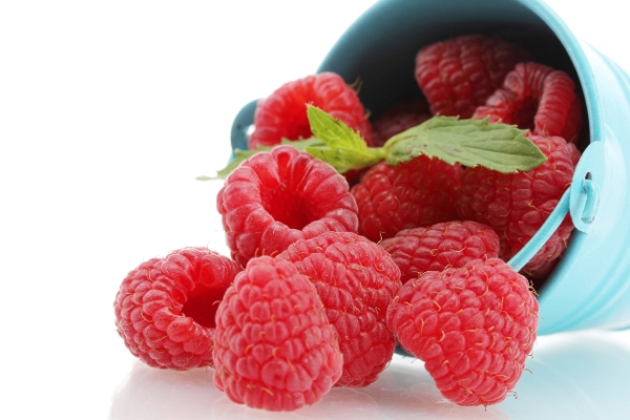
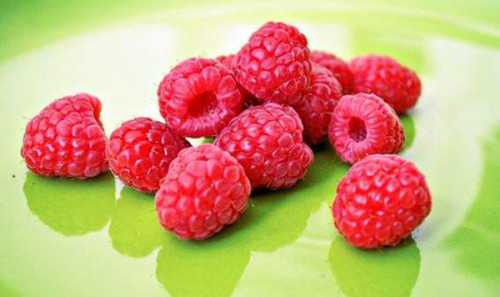
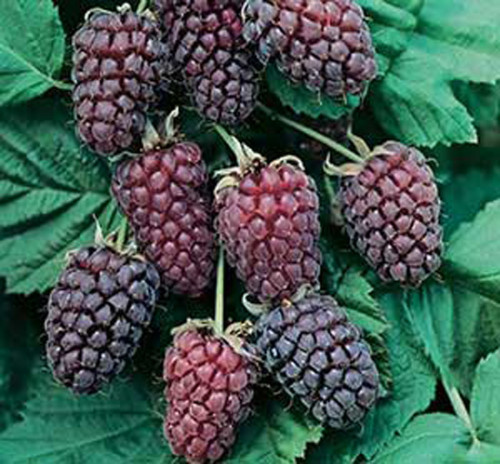
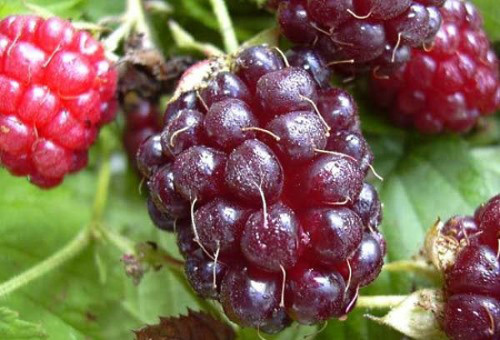
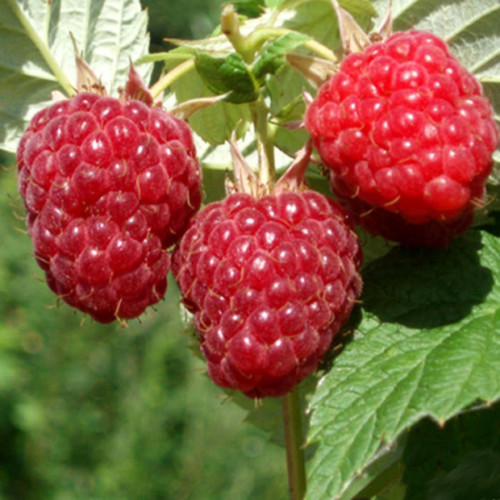
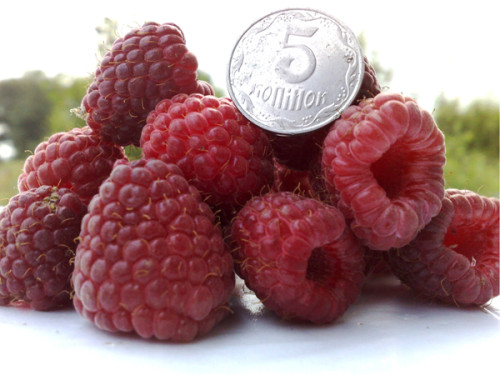
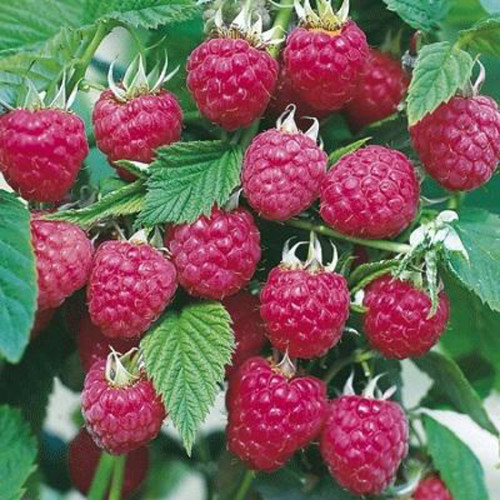
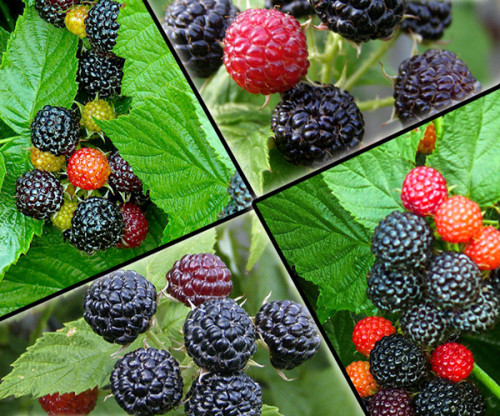
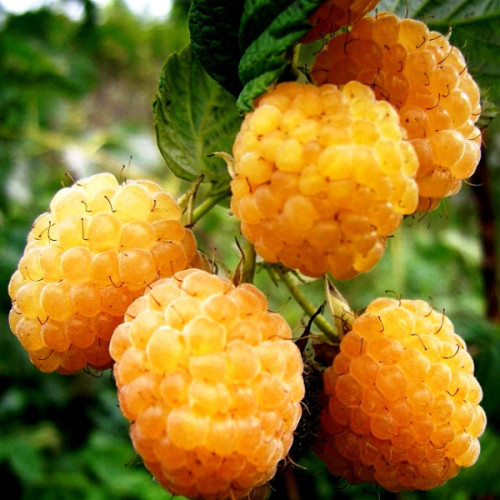
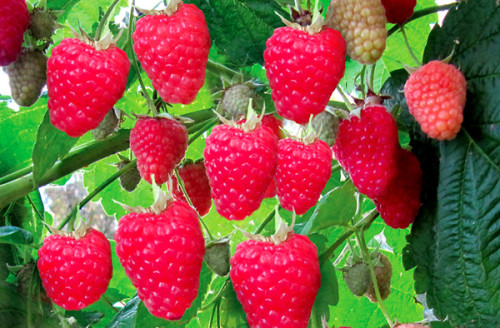
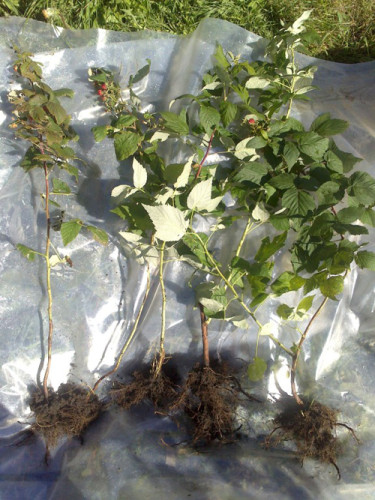

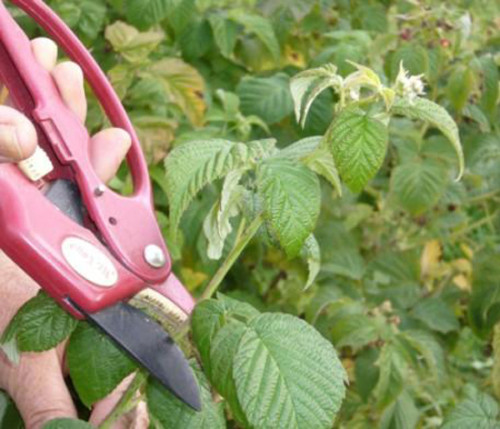












 Start a discussion ...
Start a discussion ...